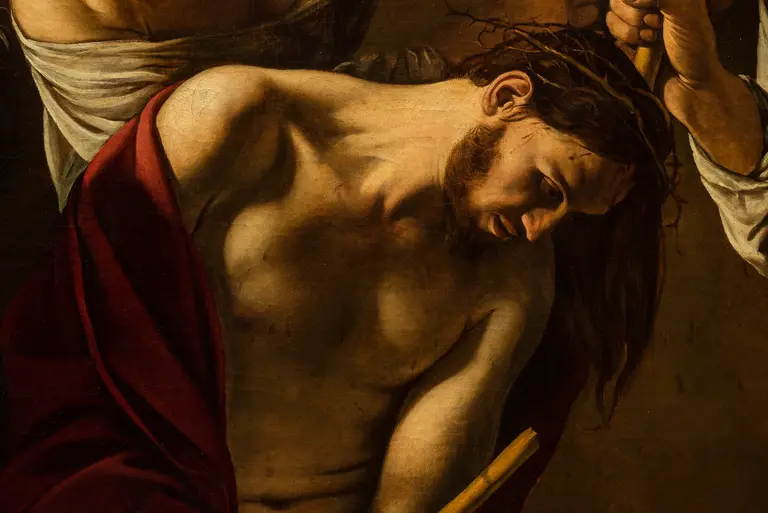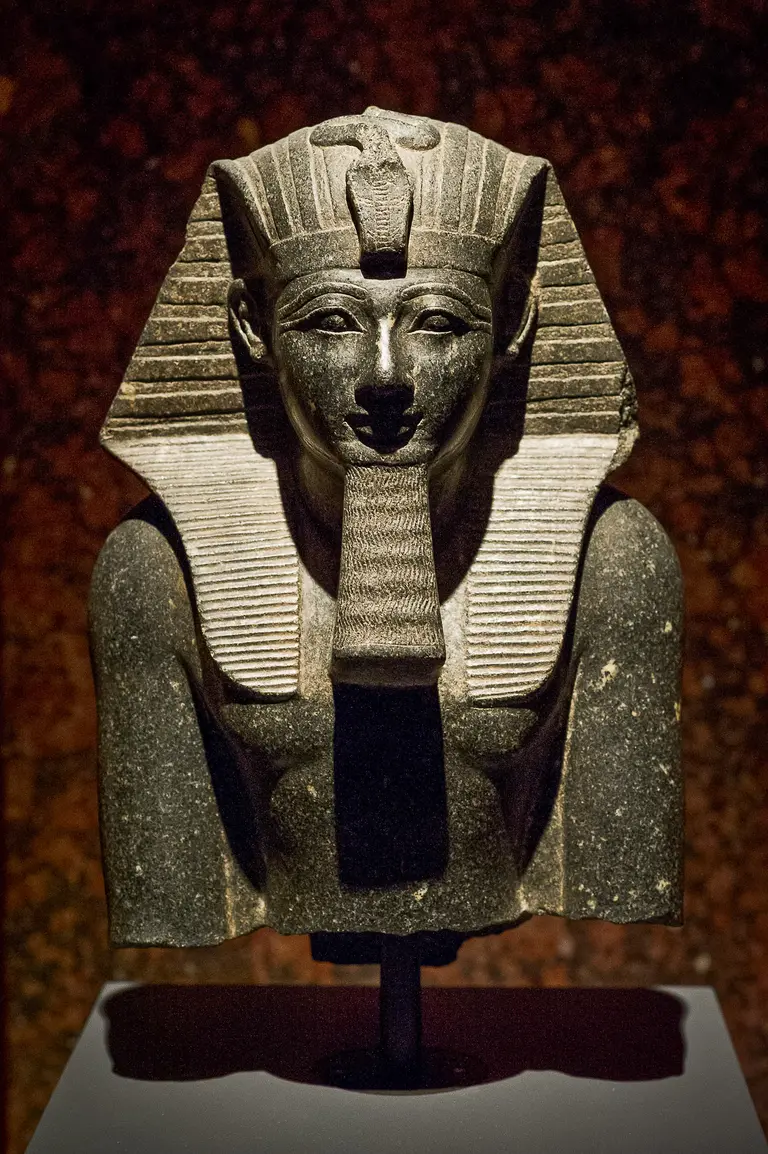Collections and research
The aim of our research is to discover more about the objects in our collections, where they came from, and how they work. In many instances, the questions raised require specific knowledge of the material properties of the objects. At the Kunsthistorisches Museum, research is carried out on the thirteen collections together with the associated restoration workshops.
Highlights of our research
Research at the Museum is generally organized in terms of projects, each with their own duration, budget, and individual objectives. The Museum’s researchers frequently work across different disciplines.
Research projects
Object-based research is part of the Museum’s core responsibilities. The Kunsthistorisches Museum is Austria’s largest museum research institution.
Our research departments and collections
The research and documentation takes place in the thirteen collections, the restoration workshops, scientific laboratory, archive, and the Museum’s library.
Collections
Research departments
Publications
The results of our exhibitions and research work are published in catalogues, guide books on the collections, yearbooks, and academic monographs.
Supporting research projects
It’s important to us to fulfil our core responsibilities in such a way that subsequent generations can also benefit. Your commitment helps us to put these plans into action.


